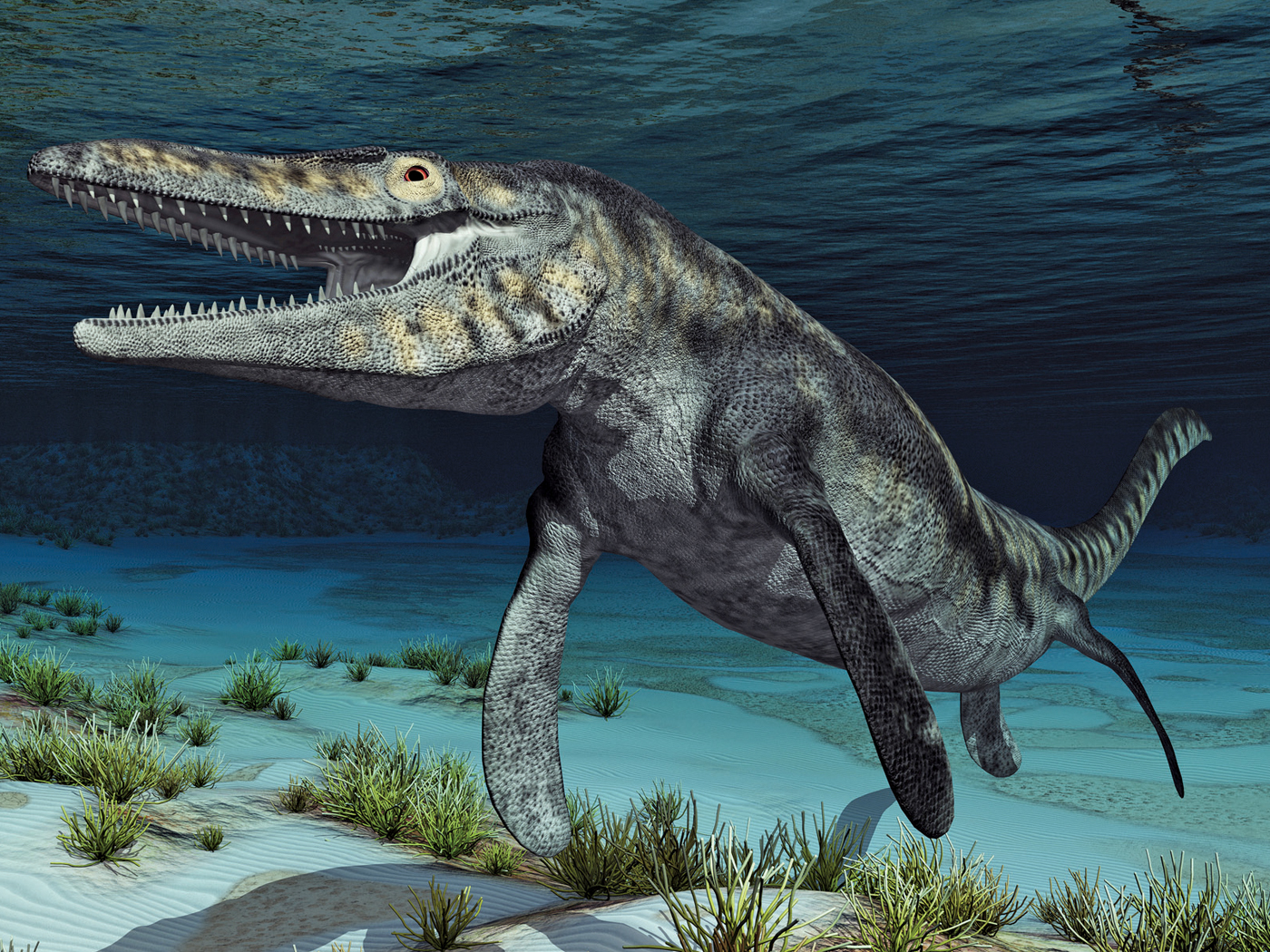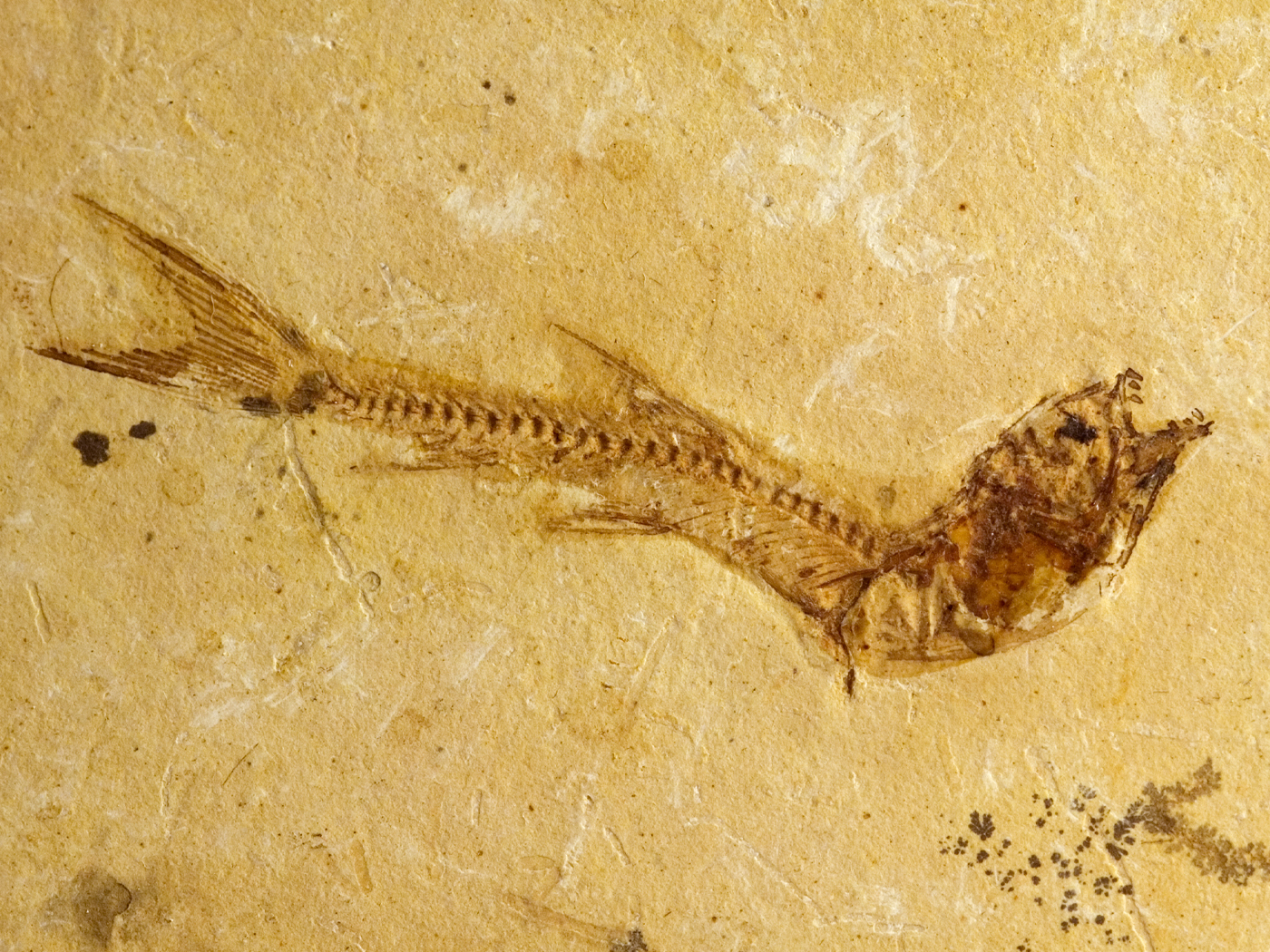Biologists agree that polar bears, brown bears, and black bears all descended from a prototype of the bear kind. Some researchers infer from the biblical record that bears rapidly and recently diversified from a representative bear pair on board Noah's Ark, while those who reject the biblical record derive age information from other sources.
One group of researchers pinpointed polar bear divergence at around 150,000 years ago, beginning with mitochondrial DNA. They converted DNA base pair differences into years by assuming evolutionary time in their estimated DNA change rate. The similar date assignment paleontologists gave to the oldest polar bear fossils bolstered their confidence.
However, using nuclear DNA instead of mitochondrial DNA, another group reported in Science that polar bear's "divergence time was estimated at 603ka [thousand years] (median estimate), with 95% credibility intervals"—four times the earlier estimate.1 Both ages cannot be correct, and perhaps neither one is true. One or both of the research groups must have made a mistake. A closer look at the procedures that the evolutionists used to convert DNA base sequences into time sheds light on the age discrepancy.
The supplemental material attached to the Science report provided the first clue about how the researchers estimated the polar bear divergence time: "Protein-coding sequences from polar bear and giant panda were added to the alignment of 15 other Laurasiatherian mammals from Hallström et al."2 Essentially, they hung their new DNA data into a historical scaffold from a previously published evolutionary timeframe that included many mammals.
Hallström and his colleagues derived their time scale by building a tree diagram showing evolutionary lines of descent between different kinds of creatures, forcing amino acid sequences into it, and adding dates to the diagram. "Divergence times were estimated from overall best amino acid (AA) ML [Maximum Likelihood] tree using 6 calibration points and the nonparametric rate smoothing method on a logarithmic scale (NPRS-LOG) as implemented in TF [Treefinder software]."3
What was the source of those dates? The Hallström-led study referenced an authoritative technical book titled The Timetree of Life, which postulated "Current [evolutionary] tree reconstruction and dating techniques are 'relaxed' in that they allow analysts to assume any number of local molecular clocks within a phylogeny."4 Since some "local" molecular clocks tick faster and others slower, each researcher chose which clock rate they deemed best.
Instead of referring to reliable, unbiased, data-driven information to anchor their particular clock and evolutionary timescale to reality, The Timetree of Life researchers attached their dates to fossil ages: "Flexible calibration data, expressed in line with paleontological reality, can interact to cancel out a great deal of the uncertainty."5
The Timetree of Life referenced the standard geologic column, with its rock layers correlated to millions of years. And as has been well-documented elsewhere, researchers routinely hand-pick those dates to conform to long ages.6 In so doing, they also ignore scientific evidence that points to very young ages.7,8,9
The polar bear geneticists made assumptions about evolutionary time, chose dates and published reports that fit these assumptions, and assumed that the millions-of-years age assignments in their "paleontological reality" correspond to historical reality. But they don't. Each step in the process of dating the divergence of polar bears was a point somewhere inside a giant and twisted circular argument. The researchers would achieve more historically responsible results if they, instead, chose dates that conform to the most reliable written history of the world: Scripture.
References
- Hailer, F. et al. 2012. Nuclear Genomic Sequences Reveal that Polar Bears Are an Old and Distinct Bear Lineage. Science. 336 (6079): 344-347.
- Hailer, F. et al. 2012. Nuclear Genomic Sequences Reveal that Polar Bears Are an Old and Distinct Bear Lineage. Supplemental Materials, Science. 336 (6079): 3.
- Hallström, B. M. et al. 2011. A Genomic Approach to Examine the Complex Evolution of Laurasiatherian Mammals. PLoS ONE. 6 (12): e28199.
- Benton, M. J., P. C. J. Donoghue, and R. J. Asher. 2009. Calibration and constraining molecular clocks. In Hedges, S. B. and S. Kumar (eds.), The Timetree of Life. New York: Oxford University Press, 41.
- Benton, M.J., P. C. J. Donoghue, and R. J. Asher. 2009. Calibration and constraining molecular clocks. In Hedges, S. B and S. Kumar (eds.) The Timetree of Life. New York: Oxford University Press, 43.
- Austin, S. A. 1984. Ten Misconceptions about the Geologic Column. Acts & Facts. 13 (11).
- Vardiman, L. et al (eds.) 2005. Radioisotopes and the Age of the Earth, Volume II. El Cajon, CA: Institute for Creation Research, and Chino Valley, AZ: Creation Research Society.
- See related articles in Fresh Tissues Show That Fossils Are Recent. Institute for Creation Research. Posted on icr.org, accessed April 26, 2012.
- Batten. D. Age of the earth: 101 evidences for a young age of the earth and the universe. Creation Ministries International. Posted on creation.com June 4, 2009, accessed May 4, 2012.
* Mr. Thomas is Science Writer at the Institute for Creation Research.
Article posted on May 9, 2012.




















